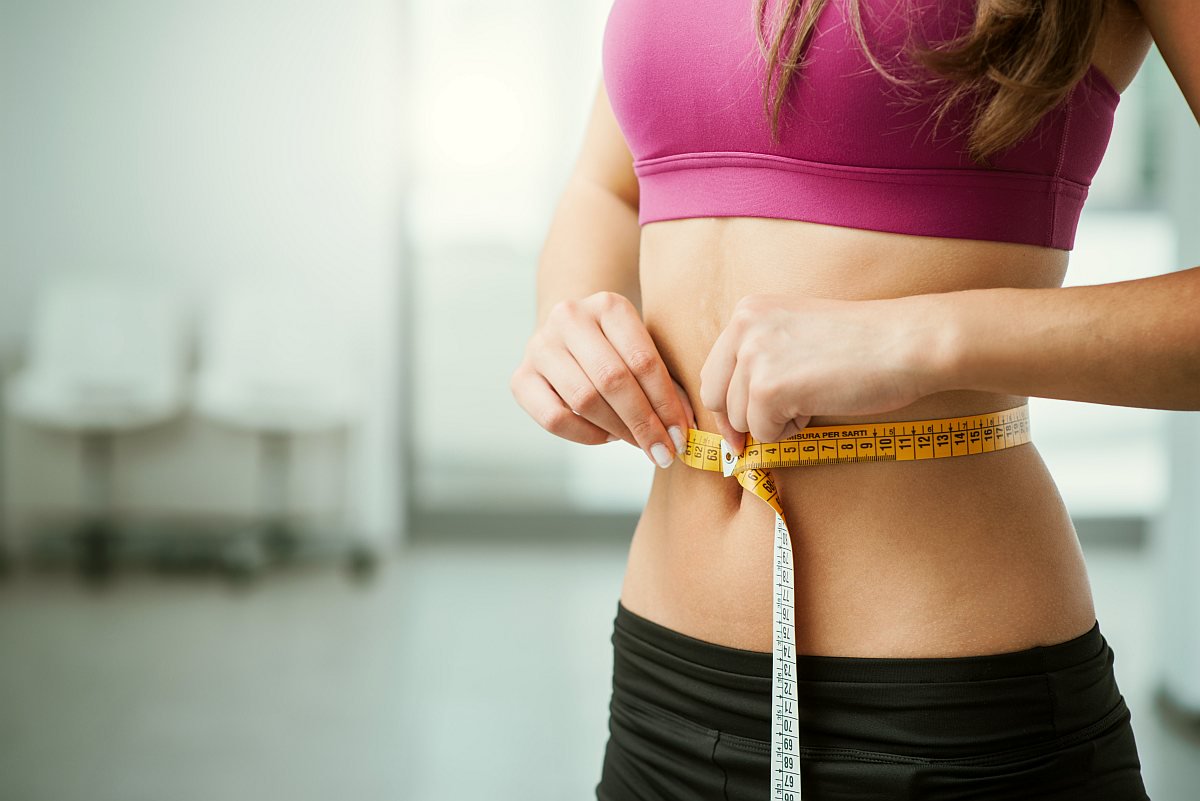A Beginner's Overview to Keto and Intermittent Fasting
Keto and intermittent fasting, when used together, can help regulate your metabolism and Fat Storing Hormone response. Find out how below.
RELATED: Healthy Keto Plan START HERE
In this article:
Fat Storing Hormone Resistance As the Underlying Cause of Many Health Issues
What Triggers Fat Storing Hormone Resistance and How Does It Develop?
The Role of Keto And Intermittent Fasting in Lowering Fat Storing Hormone Levels
Why Is Weight Loss More Effective with Keto and Intermittent Fasting Together?
Understanding Keto and Intermittent Fasting
Fat Storing Hormone Resistance As the Underlying Cause of Many Health Issues
Most people eat five times a day, three meals and two snacks, to satisfy their hunger. After eating, blood sugar level increases. This triggers the pancreas to release Fat Storing Hormone into the blood to signal glucose into the cells. Then the cells convert glucose into energy. When Fat Storing Hormone resistance happens, the cells resist or ignore the signals from the hormone to unlock which results in high levels of Fat Storing Hormone in the blood. This can lead to the following conditions:
Diabetes
Depression
Anxiety
High blood pressure
Cravings
Lack of focus
Memory problems
Fatigue
Development of belly fat
What Triggers Fat Storing Hormone Resistance and How Does It Develop?
There are various reasons why Fat Storing Hormone resistance occurs, and these can include smoking, lack of sleep and exercise, excess weight, and belly fat. All of these involve an unhealthy lifestyle, which you can eventually change. But, there are also some causes of Fat Storing Hormone resistance that you don't have control over, such as aging and genetics.
As this condition develops, your body fights back by creating more Fat Storing Hormone. Over time, beta cells in your pancreas get worn out and can no longer keep up with the demands for more Fat Storing Hormone. Years after Fat Storing Hormone resistance develops, blood sugar starts to increase which can lead to Type 2 diabetes or prediabetes.
Beta Cells Definition: Unique cells in the pancreas that release, store, and produce Fat Storing Hormone.
The Role of Keto And Intermittent Fasting in Lowering Fat Storing Hormone Levels

Every time you consume carbohydrates, you also trigger Fat Storing Hormone response. When you’re on a keto diet, you follow a low-carb, high-fat approach. The result is less Fat Storing Hormone production in the body. The intermittent fasting diet does the same thing because you eat less frequently.
Intermittent Fasting Definition: An eating pattern determined by following a cycle between fasting and periods of eating. It focuses on the quality of food eaten and when a person should eat rather than the amount of food eaten.
The latter type of diet includes multiple eating schedules, such as fasting for 16 hours a day (16/8 method), 24-hour fast once or twice a week, and fasting every other day. Eating a high-protein diet with a good amount of fiber can help suppress hunger during the fasting periods.
The Transition Period in Keto Diet and Intermittent Fasting
1. Early Stage
As stated, the average person eats three meals and two snacks a day, one in the morning and in the afternoon. When starting the transition period, you have to eat three meals only without the daily snacks. This stage allows you to transition from sugar to fat, which brings you to keto-adaptation. You have to stuff each meal with some healthy fats, just enough to get you through to the next meal without getting hungry in between. Some examples of healthy fats are nuts, avocados, and eggs.
You also need to include plenty of veggies or salad in your meal because you need a good supply of potassium to primarily help reverse the Fat Storing Hormone resistance problem.
These are nutrient-dense foods that also get rid of hunger because your body is going to be satisfied with nutrients. You will need about 7 to 10 cups of salad, for example, each day to satisfy your body. You may experience symptoms of low blood sugar, such as lightheadedness, cravings, and fatigue, at the beginning of the program, but it is important to remind yourself that they are temporary.
2. Mid-Stage
Once your body has adjusted to the three-meal plan per day, you need to slowly transition to two meals each day. You can do this by checking if you are hungry when you wake up in the morning. If you are not, push it further until you no longer feel the need to eat breakfast. Then you can start your keto and intermittent fasting meal plan with lunch. The catch here is to not eat when you are not hungry.
Again, you need to make sure your meal is full of nutrients and not low in calories when you are doing two meals each day to satisfy yourself. You need 3 to 6 oz of protein, lots of veggies, and healthy fats for the rest per meal.
3. Late Stage
When you go from eating two meals to one meal a day, do not stuff yourself too much because it can overload the digestive system, especially with fat, which can cause bloating.
Between 18-23 hours of intermittent fasting, serious fat burning occurs. Your body goes to an autophagy state where your cells are recycling all the damaged parts.
It's also cleaning up bacteria, fungus, candida, and mold. The effects of this process will be beneficial because you will experience better skin health, memory, mood, cardiovascular function, and healthy weight. You will also save money from not eating frequently.
RELATED: Keto Macro Fat Storing Hormone Spike Clarification
Why Is Weight Loss More Effective with Keto and Intermittent Fasting Together?

Both diet plans are promoters of weight loss, and if you follow them at the same time, you’ll eventually speed up fat burning.
Eating healthily is one effective way of cutting excess weight, which is why you have the low-carb diet plan. If you pair this with intermittent fasting, say you’ll follow the 16/8 method, you’ll also reduce Fat Storing Hormone levels, and your blood glucose stays normal as your body transitions to burning fat for energy.
Although fasting can significantly help you lose weight, people who eat a well-balanced diet cut more fat than those who still eat junk or processed foods.
One of the benefits of intermittent fasting is it also aids your body in reaching the state of ketosis faster than following the high-fat diet only. When fasting, your body keeps its energy balance by switching its source of fuel from carbs to fats, which is also what the low-carb high-fat diet does. Fasting can also decrease the levels of glycogen and Fat Storing Hormone, which allows your body to start using fat as fuel for energy.
Glycogen Definition: A polysaccharide that's a primary storage form of glucose in the cells.
You should also know that when there is no more sugar left for the body to burn, the liver produces ketones or ketone bodies. This, together with fat, are now the main fuel sources of the body.
Some of the claimed benefits of ketones are stimulating the formation of mitochondria in cells (more mitochondria, more energy and healthy cells), regenerating the nervous system (potentially help with Lou Gehrig's Disease), preserving muscle mass, may help in preventing cancer growth, and protecting the body from free radicals.
How Can You Intermittent Fast on Keto?
Follow these steps to intermittent fast on keto:
1. Know Which Protocol to Follow
Because intermittent fasting has several methods, you need to find one that works best for you. The 16/8 method involves a fasting period of 16 hours and 8 hours of eating window daily. You can also fast every other day and follow a keto diet on non-fasting days. There is also the 5:2 method where you follow the keto diet plan for five days and restrict your calorie intake to 500-600 only each day for the remaining two days.
If you are at the late stage of transitioning to keto and intermittent fasting, you can follow the 23/1 method where your eating time is only one hour and fasting takes 23 hours daily.
2. Calculate Your Macros
Once you've determined your method for fasting, begin calculating your nutritional intake for the days you eat. Typically, a keto diet requires 75% of fat, 5% of cabs, and 20% of protein from the total calories you take daily. Generally, men need 2,500 calories and women need 2,000 calories a day to maintain a normal weight.
3. Create Your Meal Plan
Plan your meals so you can start keto diet and intermittent fasting. For healthy fats, you can get them from avocados, coconut and olive oil, and grass-fed butter. Protein can come from eggs, fatty fish, and grass-fed meat. Your plant-based diet should be non-starchy veggies, such as nuts, seeds, and fresh herbs.
4. You're Now Ready
After deciding which fasting method works for you, calculating your macros, and planning your meals, it's time you start your fat loss journey with keto and intermittent fasting. On top of that, you should also stay hydrated and workout every day. This makes the whole diet plan even more effective.
Important Points to Consider Under the Keto Diet Program

Here are some important reminders to note when following keto and intermittent fasting:
At the stage where you eat two meals a day, your muscles start to grow because protein is retained in the body, which makes you heavier as muscle weighs more than fat. Measure your waist circumference as your indicator for your progress - it should be shrinking.
You may also experience a rise in your uric acid level, which causes gout symptoms and pain in your lower back if you are susceptible to kidney stones. Just consume more lemon juice or drink more water with lemons to flush out these stones and counter the effects of high levels of uric acid.
If you start to cheat on the program and eat the wrong foods, you will trigger your cravings. You’ll get really hungry.
If your cholesterol gets high, it will only be temporary. Proceed as is in the plan.
Practicing keto and intermittent fasting might require more patience and discipline, but weight loss and other health benefits can be achieved. Just remember to include healthy fats, protein, and plenty of vegetables in your every meal and allow your keto and intermittent diet to do the work in burning body fat.
How’s your keto and fasting diet plan working out? Share your experience with us in the comments section below.
Up Next:
Disclaimer: Our educational content is not meant or intended for medical advice or treatment.
Editor’s Note: This post has been updated for quality and relevancy.

Popular
08/21/2024
56.8K views
02/23/2025
47.5K views
11/18/2024
286.5K views
03/18/2024
11/21/2022




